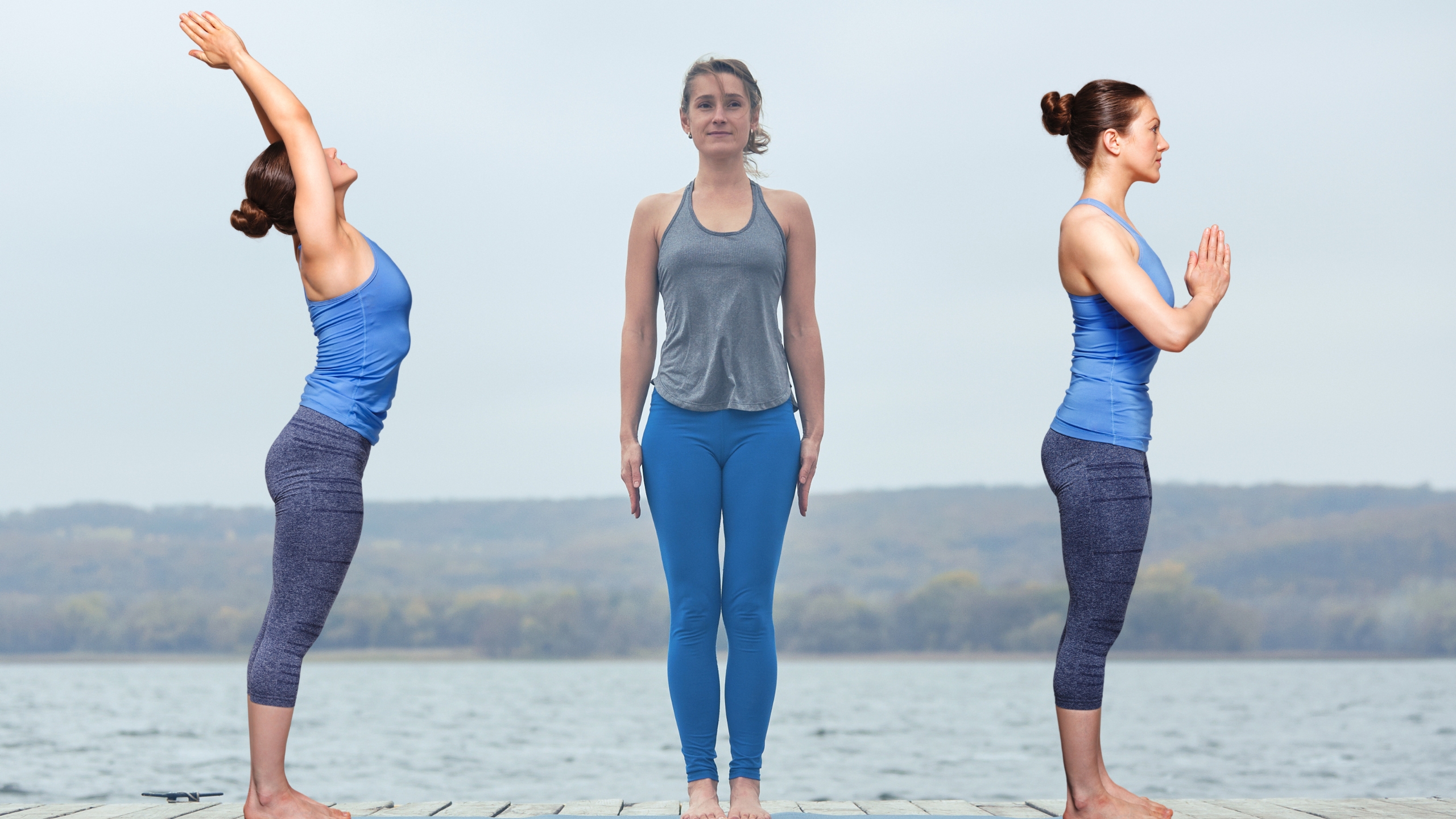
Yoga balances your physical, mental, spiritual and emotional dimensions. We will talk about how to balance a person suffering from dengue with the help of yoga. If a person is suffering from dengue and there is an imbalance in his body, then this balance can be corrected with yoga.

A very important reason why yogasana works for every disease and ailment is that every asana is completed simultaneously in its contraction and stretch. By which we stimulate each of our organs and remove toxins and when we contract new nutrients with oxygenated blood enter them. There is a complete biochemical change in it. This biochemical change is constructive repair rejuvenation and regeneration in nature. This is the reason why yogasanas lead us to health in a complete way. Dengue is a mosquito-borne viral disease found in tropical and subtropical regions. Dengue mosquitoes can spread mild to severe infection in our body.
Yoga as a basic principle acts as a preventive and curative way to deal with dengue. If you do yoga asanas regularly then you can get completely cured.

Shat Kriyas (cleansing procedures) like Jalaneti Kriya (cleansing of nasal passage) and Vaman Dhoti (which is cleaning of alimentary canal) these two kriyas if done regularly can get rid of any kind of diseases. These kriyas help in building immunity to deal with any disease.
If you get dengue then you can do the following things after consulting a doctor to improve your health. You should take a lot of rest regularly and do Shavasana to get well or recover. Some simple asanas can also be done during recovery like:
Tadasana (mountain pose): This asana is done in a standing posture and promotes better blood circulation. To perform this asana, place your hands at your sides and your feet hip-width apart with your palms facing inward. Lengthen your spine and lift yourself up through the crown of your head and place your feet firmly on the ground.

Viparitakarani: This asana is also known as Legs-of-the-Wall Pose. It is a healing pose that promotes blood circulation and reduces swelling in the legs. To perform this asana, stretch your legs upwards and keep your arms at your sides and lie down on your back, keeping your hips against the wall. Stay in this pose for 1 minute and focus on deep breathing.

Balasana (Child’s Pose): This asana is a calming mother pose that encourages relaxation and also relieves stress. To do this asana, sit in vajrasana and raise your hands up, now lean back on your ankles and bend forward so that your arms are extended forward and your forehead rests on the floor. Breathe deeply and relax in this pose.

Marjari Asana – Bitilasana (Cat-Cow Stretch): This is a spine-stretching asana that promotes flexibility and relieves back tension. To do this asana, sit on your hands and knees in cow pose, inhale while lifting your chest and arch your back. Exhale while rounding your spine and try to touch your chin to your chest (cat pose). Continue this pose in a rhythmic manner.

Setu Bandhasana (Bridge Pose): Doing this asana stimulates the thyroid gland and strengthens the back muscles. To do this asana, lie on your back and keep your legs bent and feet hip-width apart. Put pressure on your feet and lift your hips off the mat. Breathe in and then slowly exhale while the pose is firm.







